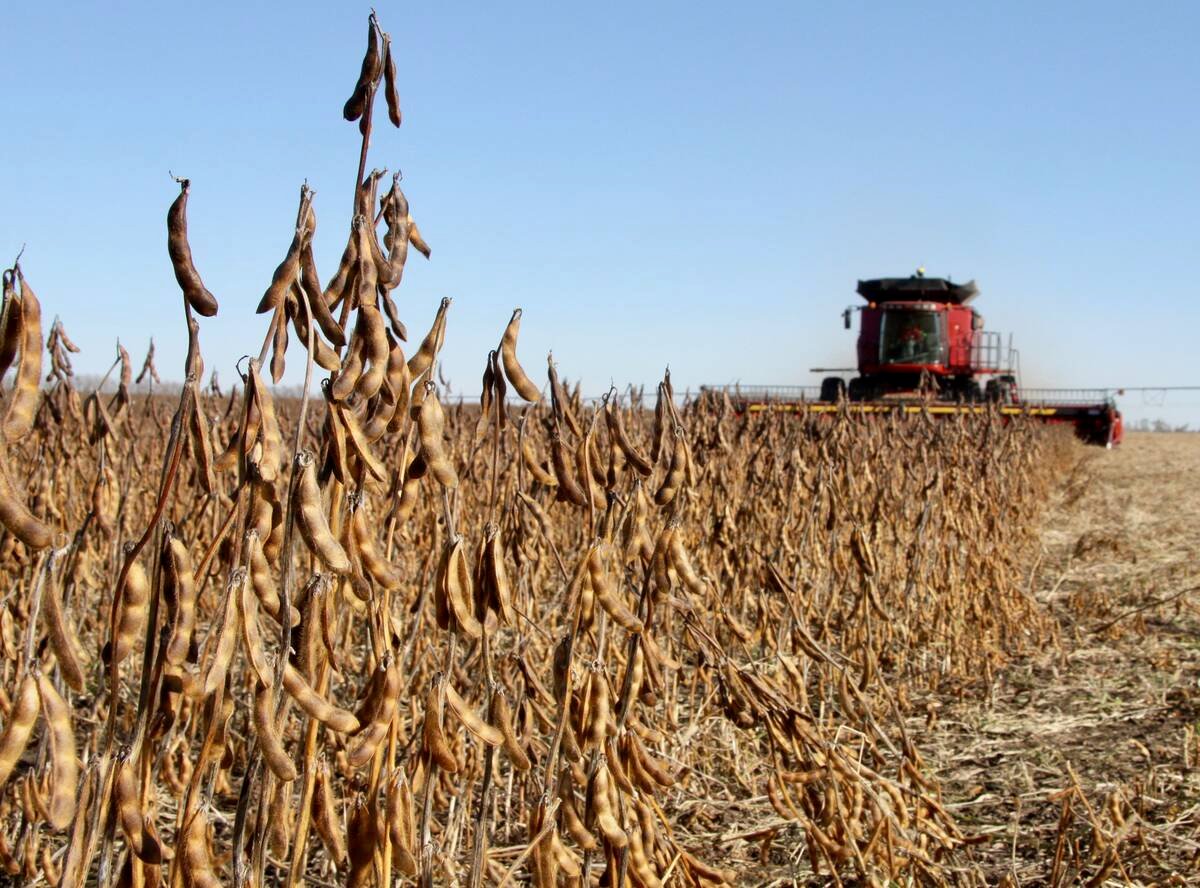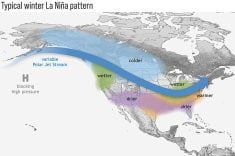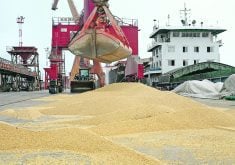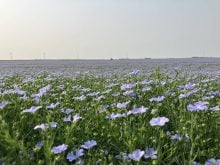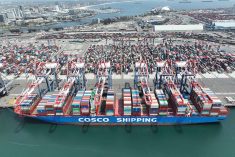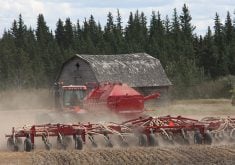SASKATOON — The U.S. Department of Agriculture is forecasting a record national average soybean yield in 2025-26, but that certainly was not the case for some growers.
Philip Good, chair of the United Soybean Board (USB), said planting conditions on his farm in Mississippi were fantastic until the Saturday before Easter.
“I got off the planter at 11:15 p.m., went into the house, and that’s when the rain started,” he said during a recent webinar hosted by Agri-Pulse Communications.
Read Also
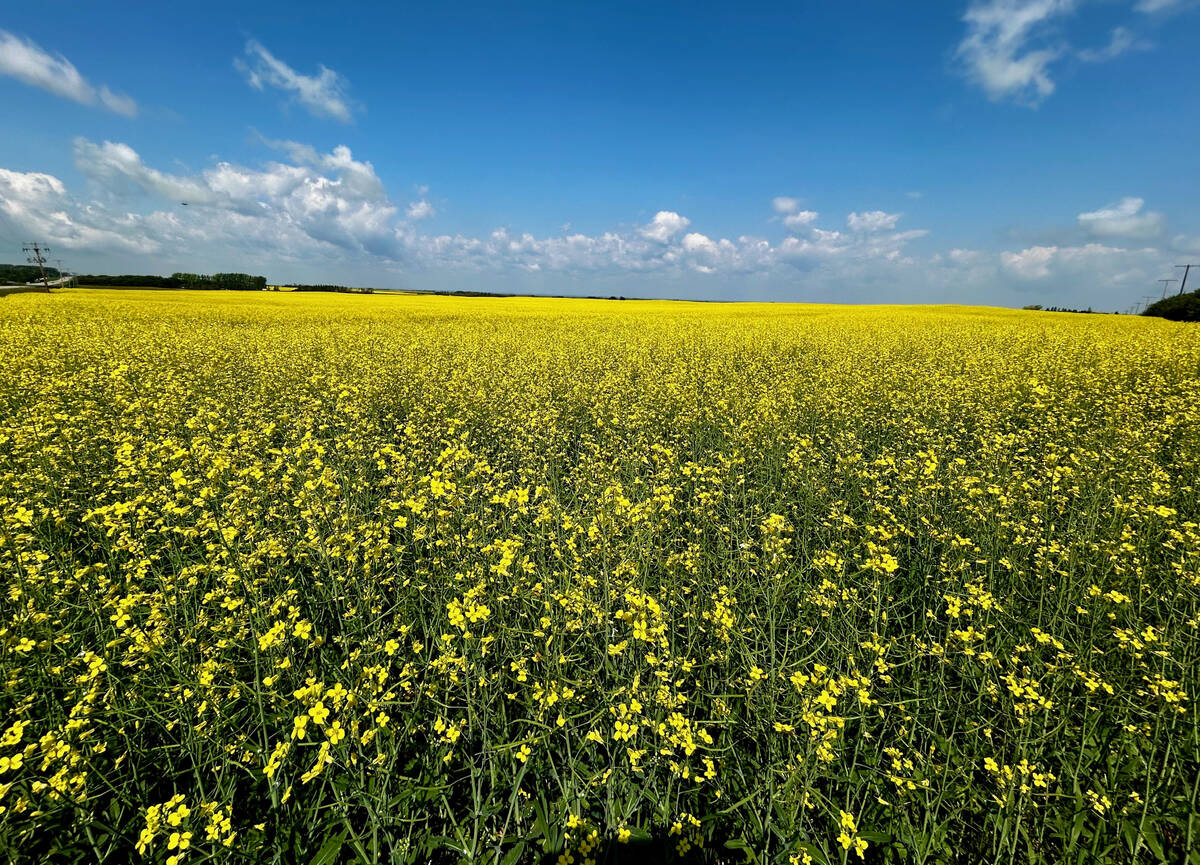
Pakistan reopens its doors to Canadian canola
Pakistan reopens its doors to Canadian canola after a three-year hiatus.
It proceeded to rain every day for more than 60 days. Some days his farm only received 2.5 millimetres, but one Sunday it was deluged with 150 mm in just four hours.
Good recently wrapped up harvest, and he didn’t like the data he saw on his combine.
“We’re going to be off probably 20 to 30 per cent on our yields, and that’s basically because of population and stand issues from the rain after planting,” he said.
Why it Matters: This is one indication that it wasn’t a perfect year for U.S. soybean growers.
USB chair Brent Gatton said it was a similar story on his farm in Kentucky.
“This has been one of the most extreme weather events I can remember in the years that I’ve been farming,” he said.
His area experienced the second highest water level since the Ohio River Great Flood of 1937.
“Our crops are similar to Philip’s,” said Gatton.
“We’re off probably 30 to 35 per cent on corn and soybeans.”
The taps turned off on July 1, which made for an easy, although short, harvest.
“It didn’t take very long because we don’t have a whole lot to haul,” he said.
Arlan Suderman, chief commodities economist with StoneX, said Mississippi and Kentucky are not major soybean producing states like the Dakotas, Iowa, Illinois and Nebraska.
“I got an email this morning from a farmer in eastern Nebraska talking about how his soybeans are blowing the previous record out of the water,” he said in a phone interview.
Suderman said there is a bumper crop story for every story about waterlogged fields, so he doesn’t think the USDA’s forecast of a 53.5 bu. per acre national average yield is far off the mark.
“We feel much better about the soybean yield than we do the corn,” he said.
Gatton is thankful that farmers in his area have invested heavily in on-farm storage because prices were dismal straight off the combine.
“That has extremely paid off this year because we have gained probably US$1.30 to $1.40 (per bu.) in price increases just in the last couple of weeks,” he said.
And that was prior to the announcement that China agreed to buy a minimum of 12 million tonnes of U.S. soybeans in 2025 and 25 million tonnes in each of the next three years.
China’s all-or-nothing approach to buying has the U.S. soybean industry looking for diversification strategies.
One of the opportunities it is exploring is industrial uses of soybeans, and the most exciting venture on that front is SoyFoam, a fire suppressant made from soybean meal.
Brian Pierce, USB senior vice-president of strategy operations and industrial innovation, said the bio-based product eliminates the need for PFAS, a forever chemical linked to serious health issues and water contamination.
“It’s a great example of how soy can replace synthetic chemicals and protect people and the environment,” he said during the Agri-Pulse webinar.
Pierce said it is “super-exciting” how fast SoyFoam has caught on with fire departments from Virginia to California. There has also been “promising interest” from the Department of Defense.
He thinks it could become a significant market for soybean meal, depending on whether the industry can obtain certain certifications.
USB is working with Dynamic Green Products and Stanley Black & Decker on bringing soy-based lubricants into household name brands such as DeWalt, Craftsmen and Mac Tools.
USB is also doing some early-stage research with the Akron Rubber Development Laboratory on whether soy-based materials can replace 6PPD, a chemical used in tires to keep them from degrading.
The chemical is facing significant regulatory pressure because the compound can become toxic when exposed to air and water.
The organization is also working with Purdue University on a soy oil-based adhesive with exceptional moisture resistance.
As well, it is partnering with Goodyear Tire to expand how much soybean oil can be used in its tire formulations.


